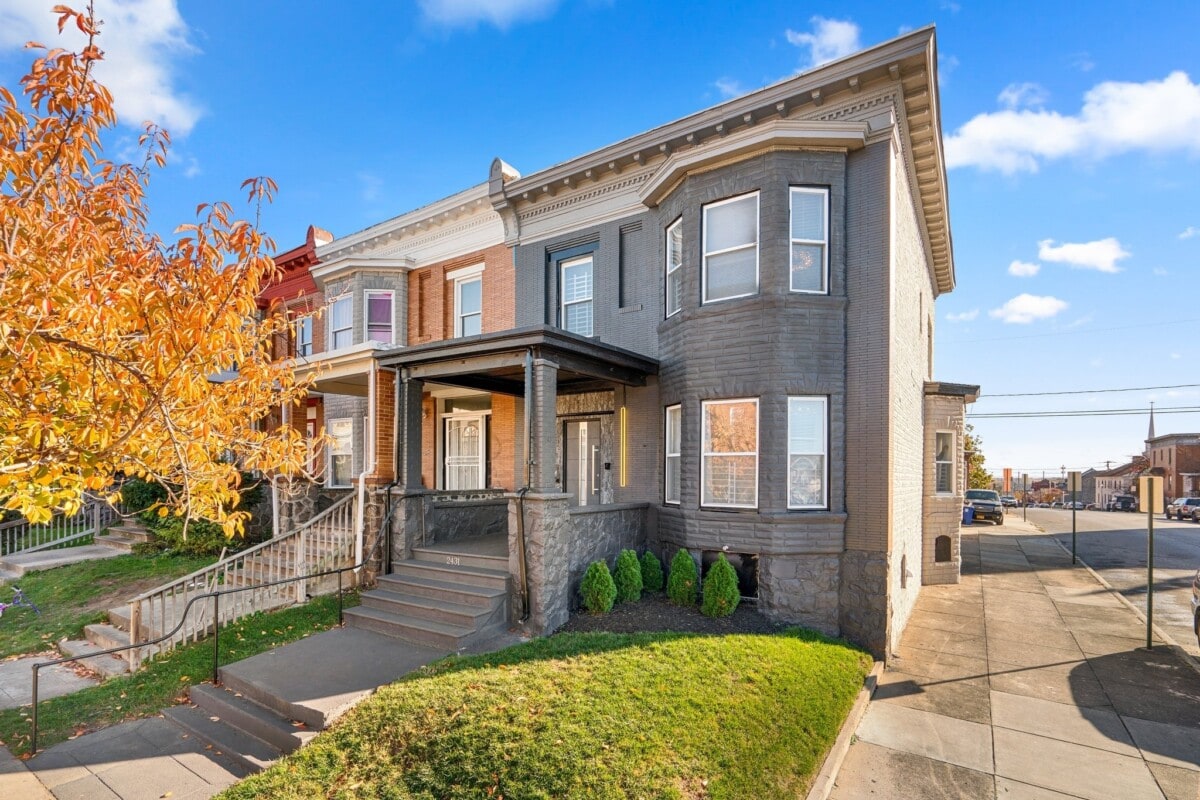Australia’s suburbs are on the brink of a population explosion, with some areas set to undergo dramatic transformations that could redefine the way we live.
Exclusive new data by property forecasters, Informed Decisions, has pinpointed the hotspots where urban density is set to soar over the next year, sparking a ripple effect that’s expected to push up property prices, rents, and demand.
From high-rise towers reshaping city skylines to compact townhouse estates springing up in greenfield developments, the nation’s housing crisis is driving a bold new era of urban living.
The majority of suburbs earmarked for densification are seeing an influx of high-density residential developments, such as the Chevron One project on Chevron Island in Broadbeach,
RELATED
QLD: Revealed: The Qld suburbs facing a population fuelled price boom
NSW: Sydney suburbs set for Australia’s biggest housing surge
VIC: Cranes invade Melb burbs in skyline boom
SA: Suburbs set to be SA’s most crowded by 2027
QLD, an area now embracing its first tall towers after a re-zoning.
Similarly, greenfield areas like Ripley are witnessing newer estates featuring smaller lot sizes and a greater proportion of townhouses compared to previous years.
This trend is set to intensify as land for traditional greenfield development becomes scarcer, with areas like the Gold Coast expected to pivot towards more high-density solutions as demand persists but large family home sites dwindle.
THE TOP 20 AUS SUBURBS WHERE DENSITY IS SET TO INCREASE IN
Source: Informed Decisions
Dan Evans, Informed Decisions’ community views service lead, shed light on the specific regional impacts of this densification.
In New South Wales, he explained, “we are really seeing a rise in density along public transport corridors, supplemented by new policies such as the Transport Oriented Developments and Low Medium Density Residential precincts.”
This growth, Mr Evans noted, is “fuelled by the turnover of light industrial land, which is seen in the rapidly densifying areas of Eastgardens, Zetland, and Rhodes.”
The result will be an increase in high-density apartment dwellings, offering opportunities for those navigating Sydney’s costly housing market, though the rezoning itself could also see prices rise within these catchments.
Moving south, Victoria’s capital, Melbourne, tends to densify closer to the CBD in areas like Southbank and Docklands.
MORE NEWS: New Aus hotspots driving property boom
Zac Nicholas and Sam Watts with their dog Walter living in the high density suburb of Newstead. Picture: Liam Kidston
While suburban high-density development is more limited, it continues around transit hubs such as Box Hill and Footscray.
“We are also now seeing mid-rise apartment opportunities in areas where the product can be more premium to alleviate rising building costs, such as Collingwood, Highett, and Prahran,” Mr Evans said.
These premium offerings, he suggested, cater to those who love apartment living and want to upgrade, or downsizers seeking lower-maintenance housing without sacrificing location.
In South Australia, the story is one of transformation, with “ongoing turnover of former industrial land in Adelaide, turning older industrial uses into well-thought-out mini suburbs,” according to Mr Evans.
He pointed to “great examples of medium-density precincts in Tonsley, which used to be the Mitsubishi Motors factory, and the old Clipsal factory in Bowden.”
MORE NEWS: Aus’s backyard dream crushed by soaring land prices
Andrew Tomlin and his Business Partner Damon Semantic, in Bowden SA. Picture: Ben Clark
These precincts, he emphasised, are not just about homes, but about the community created within them, offering first-home buyers opportunities closer to the city and job markets.
The Australian Capital Territory is also feeling the squeeze of limited developable land.
Newer suburbs like Denman Prospect, Whitlam, and Gungahlin feature prominently in the ACT’s fastest densifying suburbs, as medium and high-density developments are typically the last sections to be built in new areas.
“There is a pertinent need to densify and provide these options for Canberrans as the ACT runs out of developable land, , and there is a need to get more out of the land they are currently developing,” Mr Evans stated, noting a tight market where “thousands of people are applying for hundreds of blocks.”
This push towards greater density aligns with recent data from the Housing Industry Association, which indicates a rise in ‘gentle density’ projects – such as townhouses, duplexes, and terrace homes – across several states.
MORE NEWS: Revealed: The Aussie suburbs where house prices are falling
Thee Chevron One project on Chevron Island in Broadbeach will provide new housing for Queenslanders.
Sam Heckel, HIA executive director planning, emphasised the critical role of medium-density projects in addressing Australia’s housing challenges.
“Australia’s housing crisis won’t be solved without increasing medium density dwellings, particularly in our larger cities,” he asserted.
“HIA has long argued that increasing housing diversity is essential, however, this missing middle has been progressively hollowed out, with detached homes or apartments dominating much of the new housing stock.
“Gentle density bridges the divide between these two housing types – blending affordability and lower density.”
Mr Heckel noted that Western Australia, South Australia, Queensland, and New South Wales are already increasing their focus on medium density.
He singled out NSW for its innovative approach.
“We expect NSW to continue to be a standout, with its recently released ‘pattern book’ of pre-approved housing designs streamlining approvals and cutting red tape,” he said.
“By giving builders and landowners pre-endorsed designs, they’re providing the certainty the industry needs to unlock smaller, smarter projects.
“It’s exactly the sort of practical reform other states should adopt if we’re serious about tackling the housing shortage.”
– With Elizabeth Tilley



















 English (US) ·
English (US) ·